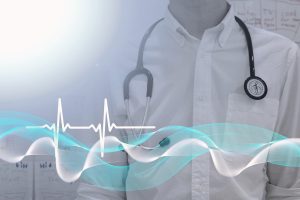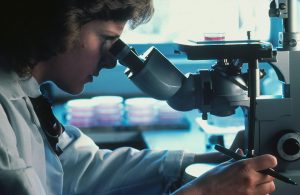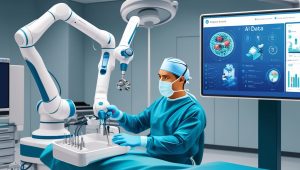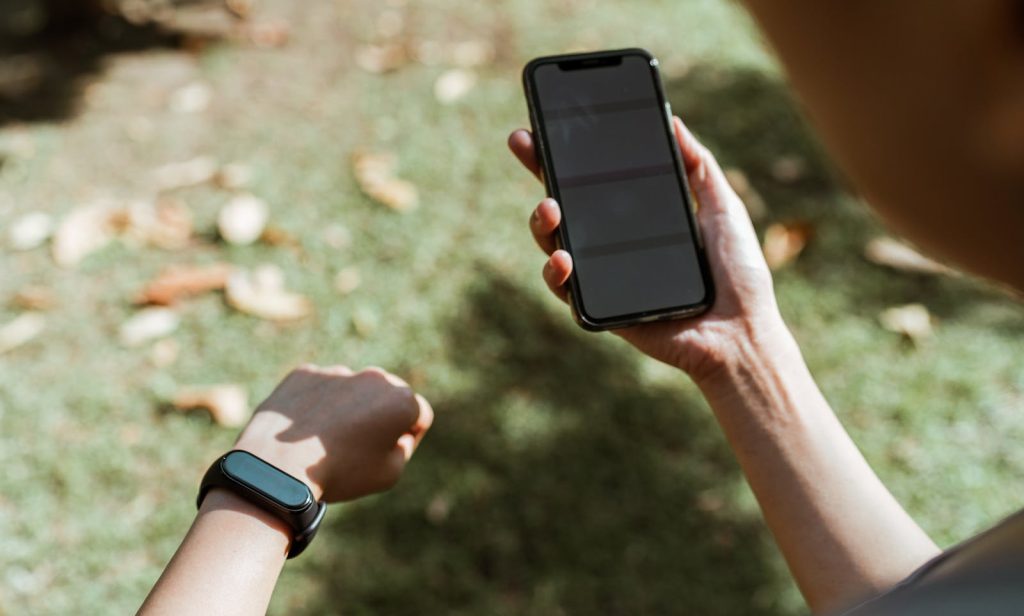
The way we experience healthcare has changed dramatically over the last few years. Gone are the days when a doctor’s visit was your only source of medical insight. Today, thanks to advancements in digital health, you can monitor your well-being from the comfort of your own home. One of the most exciting and impactful innovations in this space? Remote patient monitoring (RPM).
Table of contents
- What Is Remote Patient Monitoring?
- How RPM Works: From Your Body to the Cloud
- Key Benefits of Remote Patient Monitoring
- Challenges of Remote Patient Monitoring: What Needs to Be Addressed?
- Real-World Examples of RPM in Action
- What’s Next for Remote Patient Monitoring?
- Conclusion: Taking Control of Your Health with RPM
- Q&A
Imagine this: You wake up in the morning, put on your smartwatch, and it immediately begins tracking your heart rate, blood pressure, and even your glucose levels. These metrics are sent directly to your doctor, allowing them to monitor your health in real-time. If anything looks off, they can intervene before it becomes an emergency. That’s the magic of RPM—bringing healthcare into your daily life.
What Is Remote Patient Monitoring?
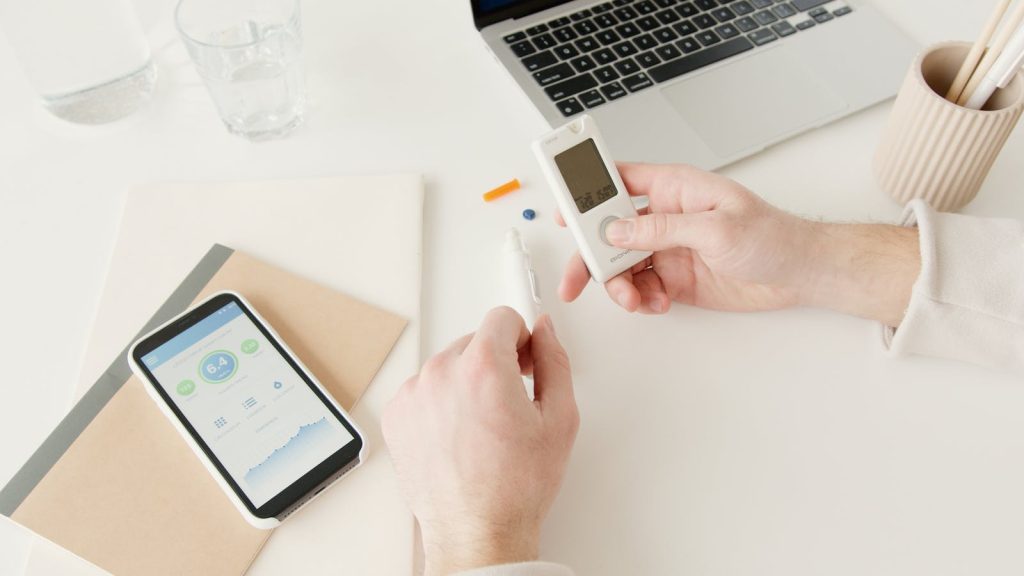
Remote patient monitoring is a system where patients use digital tools (like wearables, apps, or home-based devices) to collect health data, which is then transmitted to healthcare professionals in real-time. Instead of visiting the clinic for routine checkups, RPM allows doctors to keep tabs on your health remotely. It’s like having a virtual healthcare assistant by your side 24/7.
Why Is This Important?
Chronic diseases like diabetes, heart disease, and hypertension are on the rise. The World Health Organization (WHO) estimates that chronic conditions account for nearly 71% of deaths globally. Managing these conditions requires regular monitoring, and RPM makes that easier by giving doctors and patients immediate access to health data.
The importance of RPM became even more evident during the COVID-19 pandemic when in-person consultations were limited. Remote monitoring helped doctors stay connected to their patients without physical visits, ensuring continuous care even during lockdowns.
How RPM Works: From Your Body to the Cloud
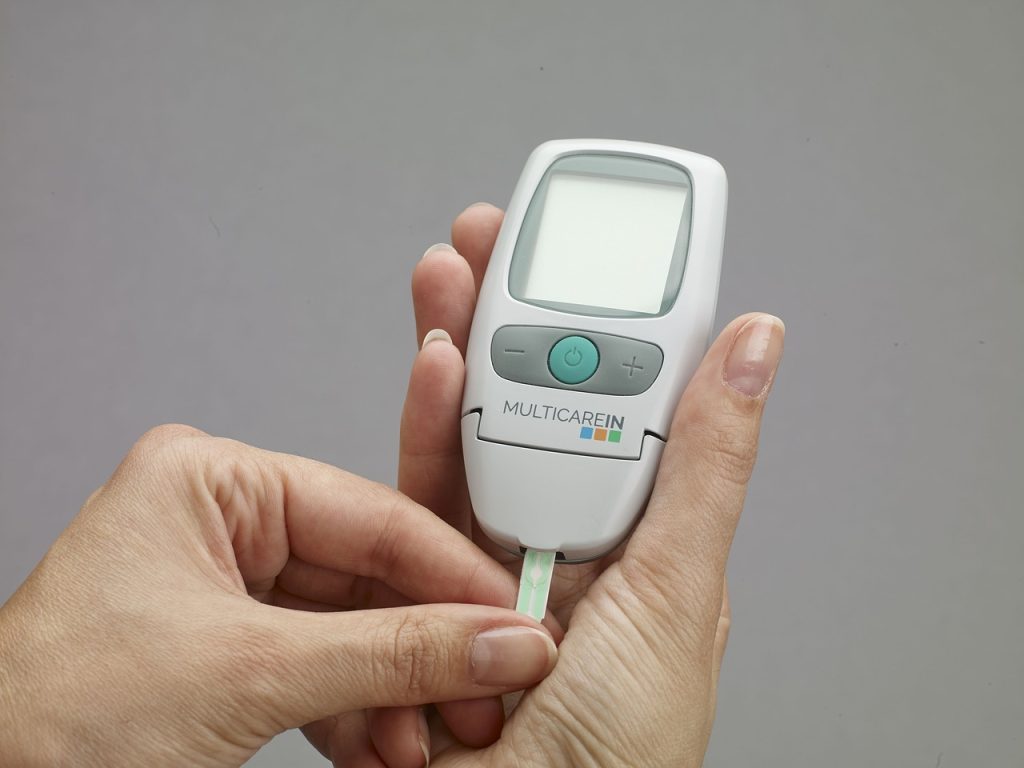
The process behind RPM is simpler than you might think. It starts with a device—this could be a smartwatch, a home blood pressure monitor, or even a more specialized gadget designed to track specific conditions like asthma or diabetes.
These devices:
- Collect health data: Vital signs such as heart rate, blood pressure, and oxygen saturation are continuously monitored.
- Transmit the data: The information is sent via secure networks to healthcare providers, usually through cloud-based platforms.
- Trigger alerts: If something seems off—such as a high blood pressure reading or an abnormal heart rhythm—your doctor is notified immediately.
- Allow real-time response: Healthcare professionals can provide feedback, adjust treatments, or schedule an in-person visit if needed, all without waiting for the next scheduled appointment.
“Remote patient monitoring provides patients with a lifeline to their healthcare providers, offering peace of mind that their health is being watched over continuously.”
Key Benefits of Remote Patient Monitoring
![Doctor reviewing patient health data on a tablet in real-time]](https://wishesblog.com/wp-content/uploads/2024/10/5452291-1024x683.jpg)
1. Early Detection of Health Issues
One of the most significant benefits of RPM is the ability to catch problems before they become serious. For example, someone with heart disease might not realize they’re in danger of a heart attack until it’s too late. But with RPM, early warning signs like irregular heart rhythms can be spotted right away, prompting timely medical intervention.
2. Improved Patient Engagement
RPM encourages patients to take an active role in their health. When you can see real-time data on your heart rate, physical activity, or glucose levels, you’re more likely to make informed decisions about your lifestyle. Whether it’s exercising more or adjusting your diet, RPM turns health into a daily, actionable activity.
3. Reduced Hospital Readmissions
Hospitals are overburdened, and repeat admissions add stress to an already strained system. RPM has been shown to reduce the likelihood of readmissions by enabling continuous monitoring post-discharge. If a patient starts showing signs of trouble, doctors can intervene before the situation worsens.
4. Cost Savings
Preventative care is more affordable than emergency interventions. By identifying issues early and keeping patients out of the hospital, RPM saves money for both the patient and the healthcare system. According to a study published in the Journal of Medical Internet Research, RPM can reduce hospital costs by up to 25%.
5. Better Access to Care for Rural and Remote Areas
Not everyone lives near a hospital or clinic. For those in rural or underserved areas, RPM offers a lifeline. Patients can receive high-quality care from specialists even if they’re miles away. This reduces the need for travel and ensures that geographical barriers don’t stand in the way of good health.
Challenges of Remote Patient Monitoring: What Needs to Be Addressed?
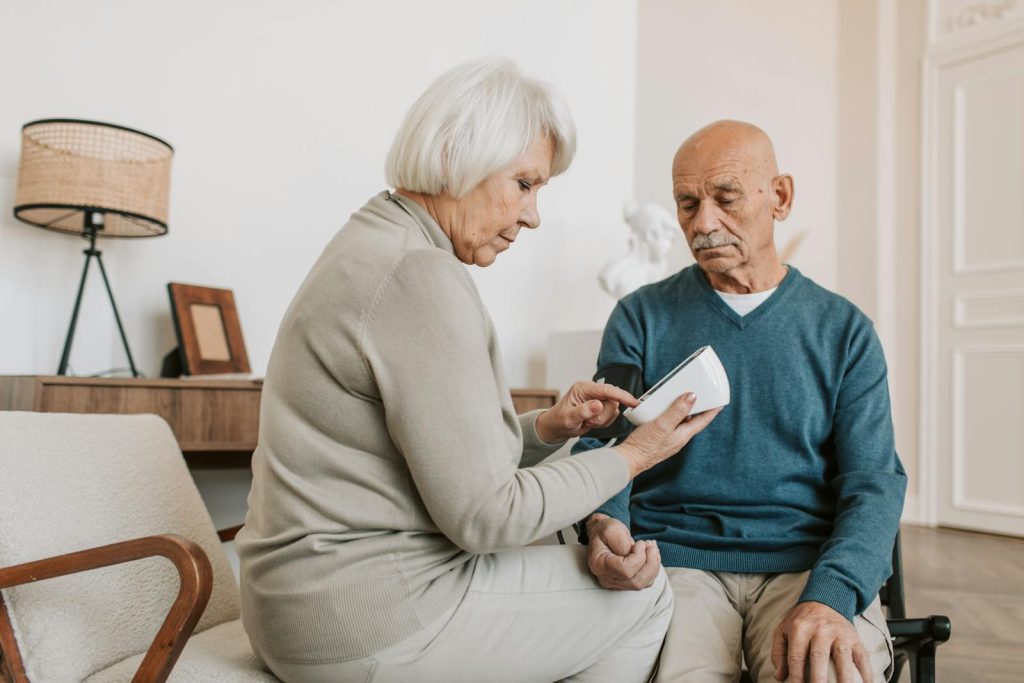
Of course, no technology is without its challenges, and RPM is no exception. Here are a few obstacles that need to be overcome:
1. Privacy and Security Concerns
With health data being transmitted digitally, there’s always the risk of hacking or data breaches. Ensuring that sensitive patient information is protected through encryption and other security measures is paramount. Patients need to trust that their data is safe before fully embracing RPM.
2. Device Accuracy and Reliability
Not all wearable devices are created equal. Some might offer inaccurate readings or fail to transmit data correctly. Ensuring that the devices used for RPM are reliable and medically approved is essential for the system to work effectively.
3. Digital Divide
Access to technology isn’t universal. Older adults, low-income individuals, or those in developing areas may not have access to the necessary tools for RPM, like smartphones or Wi-Fi. Bridging this digital divide is crucial to making RPM an inclusive healthcare solution.
Real-World Examples of RPM in Action
Several healthcare systems have already integrated RPM into their care models with great success:
- Diabetes management: Patients can track their blood glucose levels in real time, allowing doctors to adjust insulin doses as needed.
- Cardiology: Wearables can monitor heart rhythms and detect arrhythmias or other abnormalities before symptoms become severe.
- COVID-19 care: During the pandemic, RPM was used to monitor patients with mild symptoms at home, reducing the strain on hospitals.
These real-world applications showcase the potential RPM holds for improving outcomes across a range of conditions.
What’s Next for Remote Patient Monitoring?
The future of RPM is bright, and it’s evolving rapidly. As technology improves, we can expect:
- More advanced wearables: Devices that can track more metrics, from hydration levels to stress markers, are on the horizon.
- AI integration: Artificial intelligence will play a bigger role in interpreting the data collected by RPM devices. AI can detect patterns and predict health issues even before symptoms manifest.
- More accessible care: As devices become more affordable, RPM will become a more widespread tool, available to a larger segment of the population.
Conclusion: Taking Control of Your Health with RPM
Remote patient monitoring is transforming healthcare as we know it. It empowers patients to take control of their health, gives doctors the data they need to make informed decisions, and creates a system where healthcare is continuous and proactive. While there are challenges to overcome, the benefits of RPM far outweigh the drawbacks.
If you’re living with a chronic condition or want to stay on top of your health, it’s time to consider the advantages of RPM. Talk to your doctor about what options are available to you and explore how this cutting-edge technology can make a real difference in your life.
“The future of healthcare is not in the clinic or the hospital—it’s right on your wrist.”
Q&A
How does remote patient monitoring differ from telemedicine?
Remote patient monitoring involves the continuous collection and transmission of health data from a patient to a healthcare provider, often through wearables or home-based devices. Telemedicine, on the other hand, refers to virtual consultations between patients and doctors. While both involve remote care, RPM focuses more on data collection and monitoring.
Is remote patient monitoring safe and secure?
Yes, but it depends on the technology used. Reliable RPM systems use secure networks, data encryption, and follow stringent privacy protocols to protect patient information. It’s important to ensure that your provider uses trusted devices and platforms for monitoring.
What types of conditions can be managed through RPM?
RPM is particularly effective for managing chronic conditions such as diabetes, heart disease, hypertension, and asthma. It’s also used for post-surgical monitoring, mental health tracking, and even during pregnancy to monitor fetal health.
Can RPM reduce healthcare costs?
Absolutely. By catching health issues early and preventing hospital readmissions, RPM can save both patients and healthcare providers significant costs. It enables more efficient care, which often translates to lower healthcare expenses.
Do I need special equipment for RPM?
Yes, you’ll typically need a wearable device (such as a smartwatch, glucose monitor, or blood pressure cuff) that’s capable of transmitting health data. Your healthcare provider will guide you on the best devices based on your condition.

